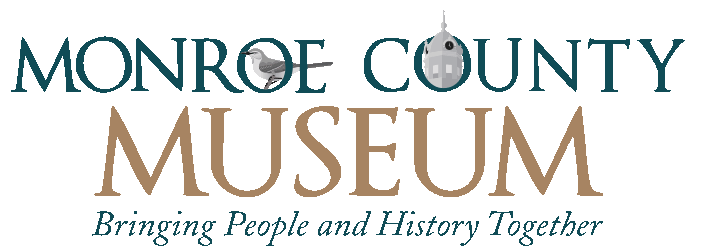
Harper Lee
To Kill a Mockingbird Exhibit
Our exhibit on Harper Lee and To Kill a Mockingbird is told almost entirely in Miss Lee’s own words — using her early interviews and comments about the book and movie. Photos and memorabilia also help give the visitor a glimpse of her childhood, her family and the role her hometown played in her fiction. The exhibit also includes photos and drawings from the collection of Henry Bumstead, who won an Oscar for art direction of the film and who visited Monroeville to ensure he created an authentic setting. A documentary film provides a virtual visit with local citizens to learn what Monroeville was like in the 1930s, how Mockingbird has changed our town and how the community honors this great legacy.
Although Harper Lee rarely spoke about her book, she did grant several interviews in the early 1960s. These interviews form the basis of the museum’s exhibit. Here are just a few examples:
Harper Lee on her book:
“It is and it isn’t autobiographical. For instance, there is not an incident in it that is factual. The trial, and the rape charge that brings on the trial, are made up out of a composite of such cases and charges. … What I did present as exactly as I could were the clime and tone, as I remember them, of the town in which I lived. From childhood on, I did sit in the courtroom watching my father argue cases and talk to juries.”
Harper Lee about To Kill a Mockingbird
in an interview with John K. Hutchens
New York Herald Tribune, 1962
Harper Lee on the movie:
The Finch home “looked so real that I wanted to sit down in a rocking chair and fan myself.”
… “The town is so good that I’m afraid people will think it was filmed on location.”
Harper Lee in an interview with Associated
Press Movie and TV Writer Bob Thomas,
February 1962
Play
Click here for ticket information for the Mockingbird Company’s annual production of the play To Kill a Mockingbird.







